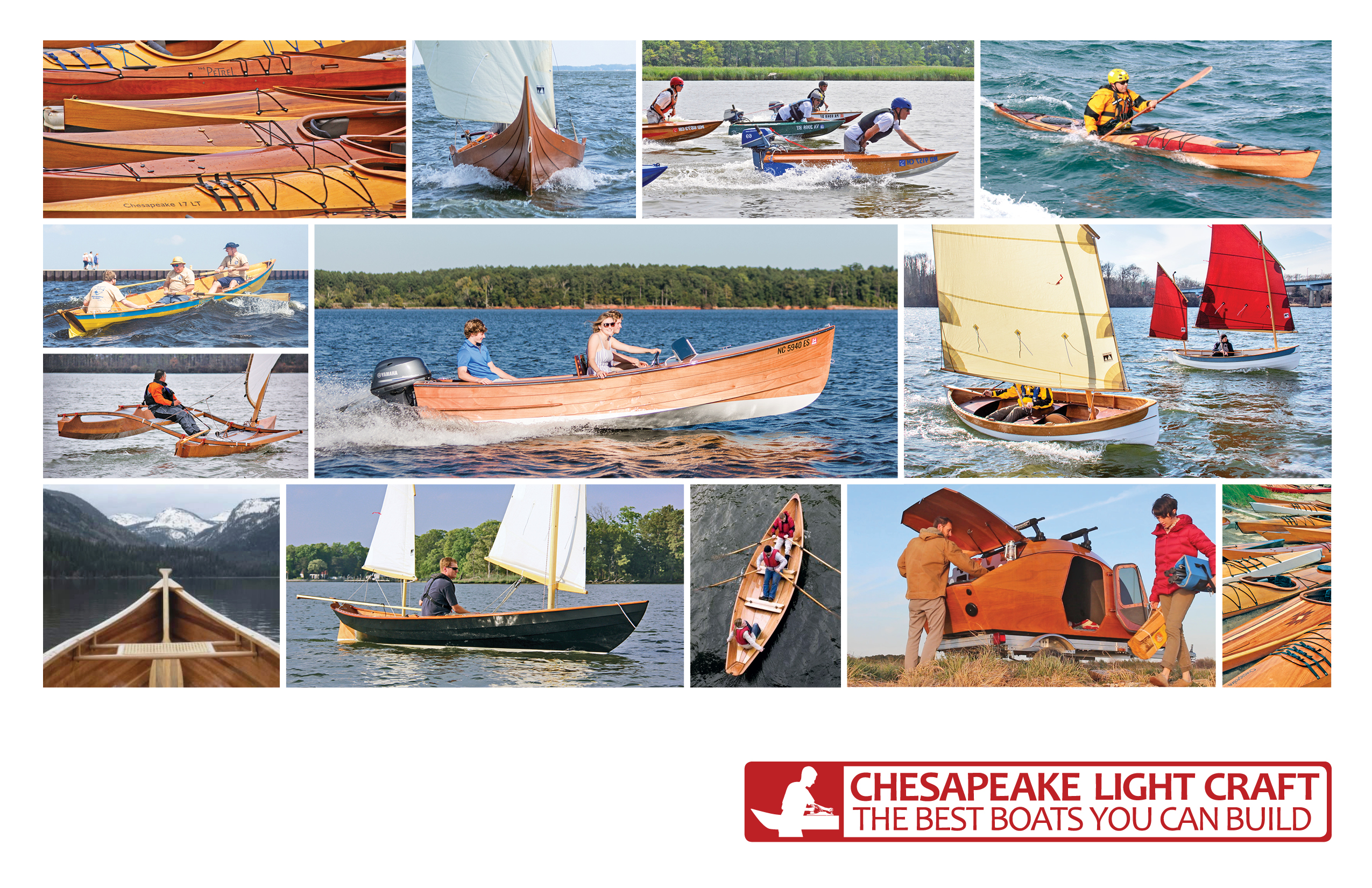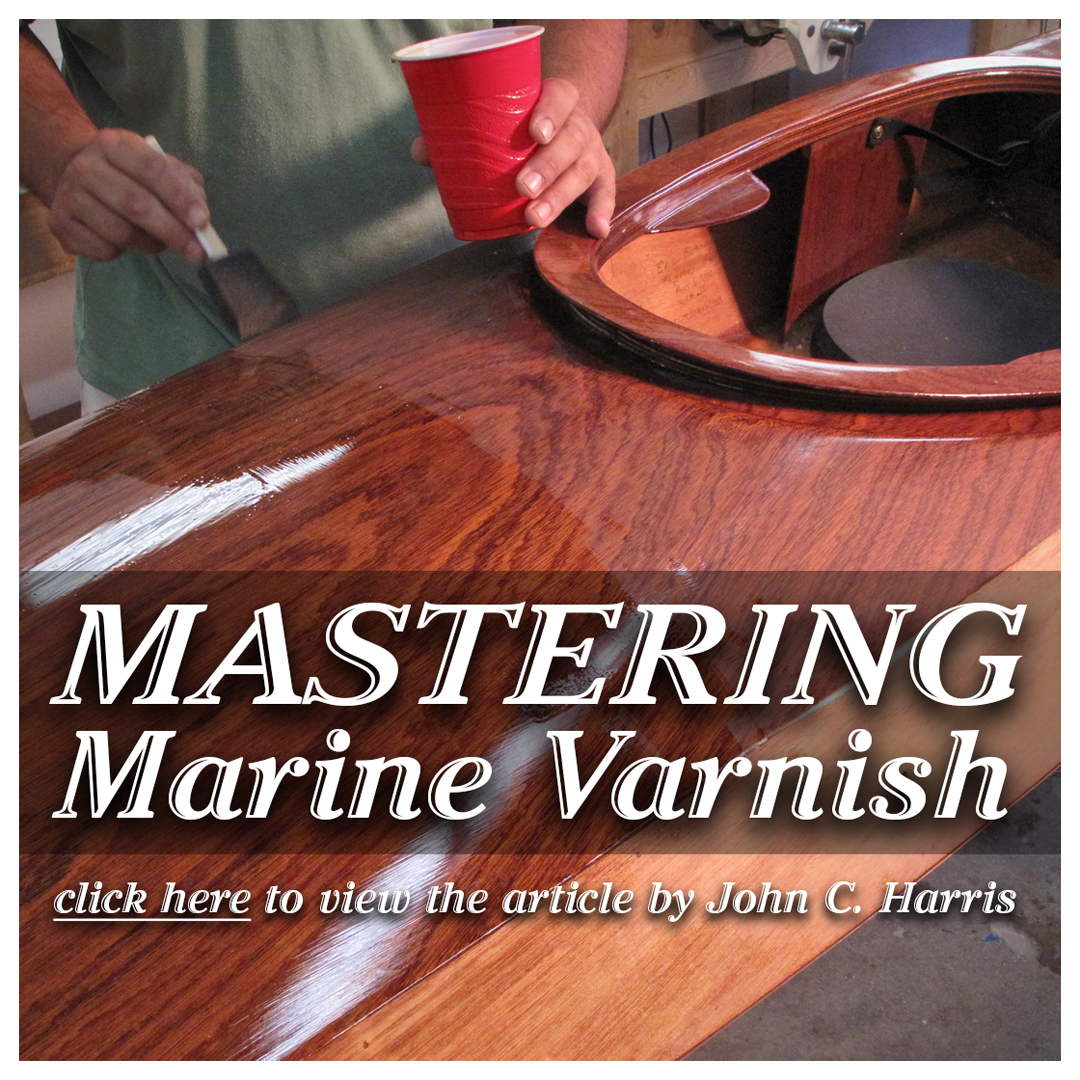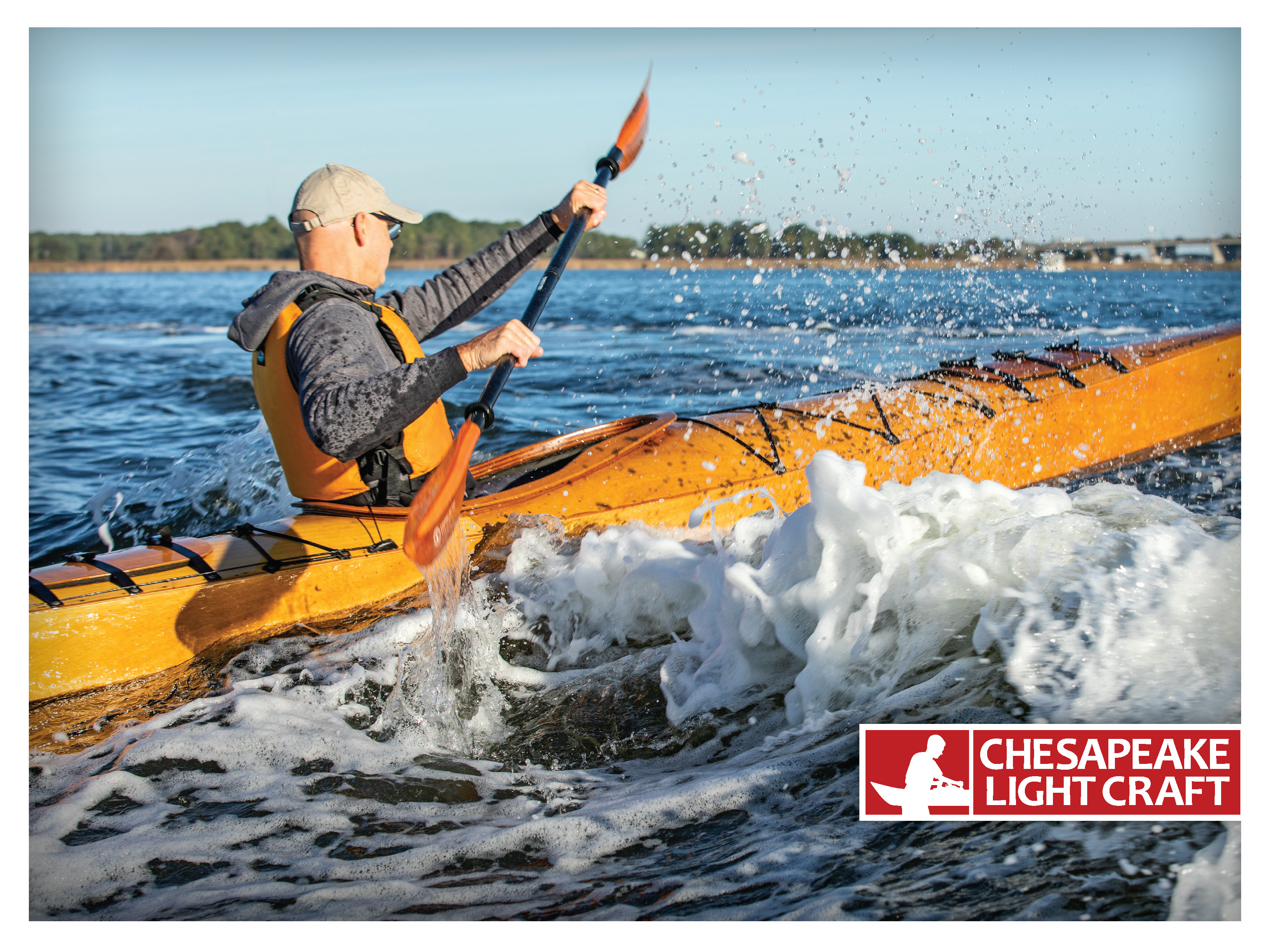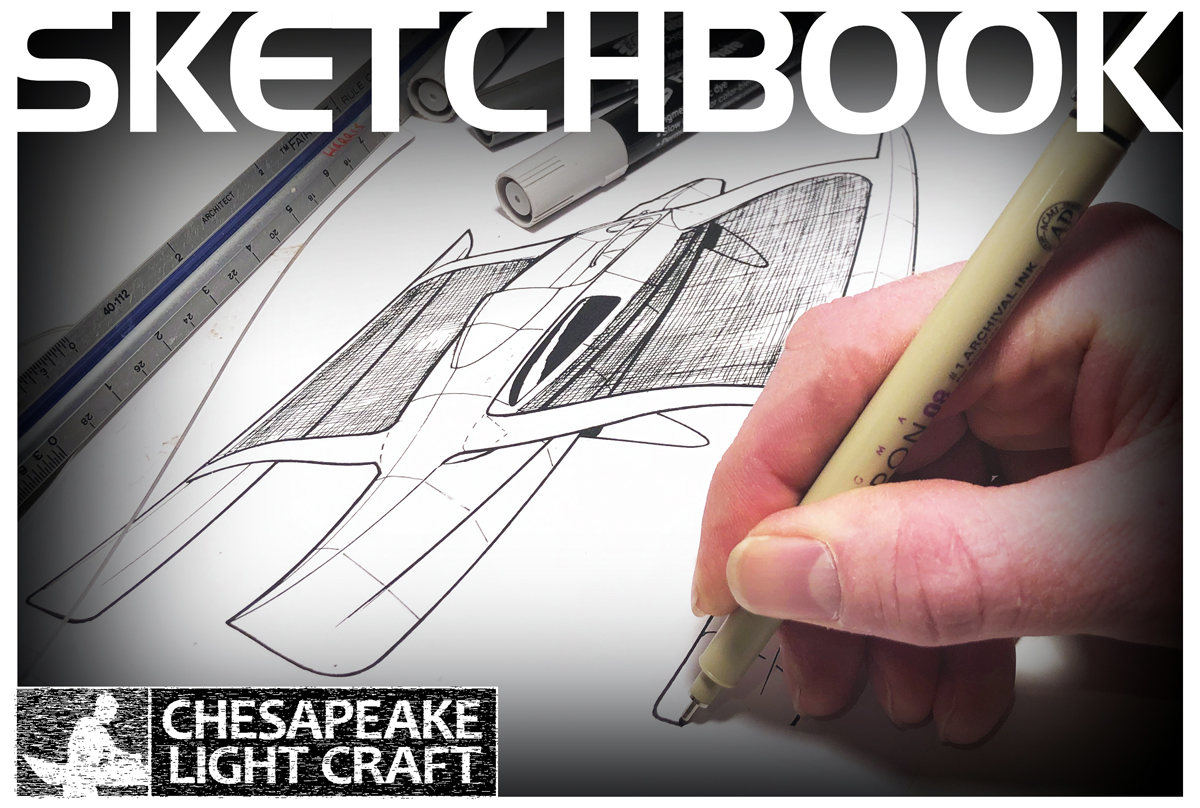Builders' Forum |
|
| ↓ Scroll to Last Comment ↓ | Forum Guidelines | Builders' Forum | |
Eastport Nesting Pram transoms don't fit
Hi,
I'm building the ENP and have wired together the #1 and #2 panels to each other and to the bottom panel. Then I put in the temporary bulkhead. To make it fit I had to, if you will, "stretch out" the hull and sort of force it to be wider than it was when just sitting on my sawhorses. That seemed okay until I got to the next step, the stern and then the bow transoms. They definitely do not fit, and I don't see how you could force the curve to be narrower at the bow and stern and still keep the bulkhead (and later the real, not temporary bulkhead) fitting. I am talking about gaps between the bottom outer edges of the transoms and the planks that they are supposed to lie against about 1.5 inches at the widest, maybe even more for the bow transom.
I did a search through this forum and found one possibly-related comment posted in 2009. And the reply would not solve my issue - the gaps they were talking about are much less.
The only thing I can think of is that I've twisted the wires too tight in the stitches and there is supposed to be more "flex" that allows me to bend things to shape more (?) But when I spoke to CLC about the step before this (wiring the planks, #1 and #2), they said to make sure there were no gaps and so I wired things tightly! (I know, NOT what the manual said to do.) Is this my mistake?
I plan to call CLC as soon as they are open...but it's the weekend. If I'm really really lucky someone will see this and reply before Monday, and possibly Tuesday, because this Monday is President's Day and I don't know if CLC will be staffing the office!
12 replies:
RE: Eastport Nesting Pram transoms don't fit
Hi Laszlo,
Wow, thank you for your reply! I have been afraid that I'll have to "unstitch" and do it all again, but I guess that's better than having glued any of it.
What you say is very logical. I am wondering why they don't tell you that with the instructions - they say just "working from the bow...." go do the stitches all along until the stern. I will try to reach CLC but I am sure it is something like what you have said and described. Also you have great photos - thanks! One thing I can't quite tell, maybe you can reply here again -- in the photos, the bottom and side edges of the temporary bulkhead, and later the real bulkhead - they are all flush with the boat "panels"- correct? No gaps to speak of? Because in one photo - maybe it (temp bulkhead) isn't stitched in yet, it looks like there might be some space on the bottom, then in another one, it looks like there isn't any.
Again, thanks so much. Your advice is great.
-Nancy
RE: Eastport Nesting Pram transoms don't fit
Nancy,
First, I can take absolutely no credit whatsoever for the photos. They are straight from the CLC ENP Construction Gallery that's accessible from the CLC ENP page. If you haven't seen them, you should go peruse that gallery.
I'm pretty sure that the reason CLC recommends end-to-end stitching is because in the vast majority of cases it works. However, wood is a natural product and each piece bends differently than any other piece. If you get "lucky" and get the "right" batch of wood, have a bit more strength in your hand so your stitches end up tighter than everyone else's, different humidity, etc., you can end up with the standard not working and need to use the slower more methodical system. Since your transoms don't fit, the recommended way obviously didn't work for you for some reason. That's why I've suggested the alternate method.
Yes, I think that in the first photo the temp bulkhead is just extremely loosely stitched in and in the last one it's been tightened. But do note that in the first picture the gaps are symmetrical. That's what you need to be shooting for - an initial fit that sets a fair and symmetrical shape, then the final tightening to lock it into place.
Laszlo
RE: Eastport Nesting Pram transoms don't fit
Lazlo strikes again! (you guided me through my plans/measurement dillema a couple months back)
Thanks for the post. I am building from plans and had the same issue lastnight. Got boards #1 and #2 on and the transoms were super-not going to fit. Will be following this advice today.
RE: Eastport Nesting Pram transoms don't fit
Stitch'n'glue is a ballet of sorts.
Eager to see those flat pieces become something that will carry more than their weight when afloat, many builders may get carried away thinking those first stitches should be tight from the get-go.
Though it's been said – by designers no less – that 1/8" gaps are "close enough" it's worth the time and care it takes to work panels into proper edge alignment by bringing stitch tension up a little at a time, working back and forth and side to side, as adjustments are made in panel alignment.
And it's infrequently discussed that other means of holding panels in place temporarily (by means of tape, rope, even ratchet straps or 'shoring' with pieces of wood braced to whatever's available, even clamps (!!) when needed) to take strain off stitches that otherwise aren't capable of holding panels together, is allowable.
Thin plywood panel edges are strong yet too much tension, applied too soon, can lead to damage. Better to do a little here, a little more there, as things come together than to proceed with enthusiasm only to find later there're gaps that just won't move closer.
RE: Eastport Nesting Pram transoms don't fit
Wherever panels meet edge-to-edge I like to make the edges beveled. I think it accomplishes two things:
1 - it allows the panels to naturally want to stay edge to edge as stitches are tightened, avoiding the tendency of one panel to want to "pop" over the edge of the adjacent panel.
2- it keeps the outer seam especially tight; when things work well, the line between the two panels is just a hairline thickness, making things look nice when going for a clear finish.
Sometimes the bevels are called for in instructions, sometimes not. Even when not called for on certain pieces/steps, I've never had making these small bevels casue any proplems with overall fit-up. In fact I think they usually result in improved fit up.
And a word to the wise that has been previously discussed - if you're going to make bevels be very careful to make left-right selections where that is necessary. A wrongly-reversed bevel has the impact of causing a bad-looking seam, not improving the look. I only did this once, and caught myself after only doing a foot or so on the edge of one panel. I was able to recover - it is almost invisilbe, but resulted in one of those "features" (not faults) that we sometimes know exist in our boats.
RE: Eastport Nesting Pram transoms don't fit
As a Navy man I can't allow myself to be so lubberly - those are port-starboard selections!
RE: Eastport Nesting Pram transoms don't fit
I'm kinda surprised it's rarely (if ever) mentioned in instructions for assemlbling CNC-cut kits that it helps a bunch to use sandpaper or a fine file to knock the 'wire edge' – the sharp edge left from the machine cutter – off parts before assembly. Otherwise those edges are so fragile they'll fracture a little or panels that are to be aligned edge-to-edge tend to 'creep' into misaligement over time.
Bubblehead I think your beveling falls under this heading though bevel may be a bit extreme an action?
Beveling leaves a sharp edge (think chisel) easy to go too far and change the design edge of parts.
Might you instead mean chamfer?
Taking the time to knock that sharp edge off just a little bit really helps reduce the tendency for panel edges to want to pop out of intimate contact along their edges when one is trying to get other parts into alignment,
RE: Eastport Nesting Pram transoms don't fit
At the risk of sounding like a Phil Hartman sketch, here's the official difference between a chamfer and a bevel:
 The difference between a chamfer and a bevel is that a chamfer is a cut made in a workpiece, usually at an angle of 45° between its two adjacent surfaces, generally perpendicular to each other. While a bevel is a diagonal cut that joins the two principal (parallel) surfaces. (Source - MellowPine.com)
The difference between a chamfer and a bevel is that a chamfer is a cut made in a workpiece, usually at an angle of 45° between its two adjacent surfaces, generally perpendicular to each other. While a bevel is a diagonal cut that joins the two principal (parallel) surfaces. (Source - MellowPine.com)
Laszlo
RE: Eastport Nesting Pram transoms don't fit
Exactly my point. Thanks Laszlo for adding that illustration.
Beveling a panel edge risks changing the precision of panel outline unless done with care, leaving the larger (exterior?) face unchanged.
Designs that require panels to be beveled during assembly? Beyond my ken.
Chamfering creates new surfaces on panel edges that will come into contact with one another. Even a minimal surface, as opposed to a "wire edged" 90° corner where panel face and panel edge meet, will better resist misalignment during assembly. Can be minimal, no need to get carried away.
If such a joint between panels leaves a small V-shaped groove I'd believe filling that with a bead of thickened epoxy (that's then carefully rounded once cured) would be stronger, more resistant to damage than a knife-edged intersection of two beveled panel edges..
RE: Eastport Nesting Pram transoms don't fit
I hesitate to add anything to the advice from the masters here, including Laszlo and spclark, they have helped me often. However, these problems sound familiar, so I thought I'd post a reference to a discussion I had. I am working on my first boat, a Skerry, and also had trouble getting the panels to fit together properly. Following the suggestions, I removed all the wires and started over. A crucial piece of advice was allowing the boat to "sag" while I was wiring it.
https://www.clcboats.com/forum/clcforum/thread/45264.html
This part of my adventure is documented here: http://geophile.com/boat/hull.html. This is from a blog I'm writing, documenting my experience building the Skerry. More useful as entertainment than advice, for sure. http://geophile.com/boat/index.html.
FWIW: I have also discovered a few things that really should have been mentioned in the manual, (for the benefit of beginners), and that I learned the hard way.
RE: Eastport Nesting Pram transoms don't fit
"A crucial piece of advice was allowing the boat to "sag" while I was wiring it."
Exactly!
Built on sawhorses, panels can present a challenge to avoid damage. When I chose to begin assembly of my Waterlust I did it on a flat table-top 16' long & 24" wide to facilitate assembling the various puzzle-jointed panels.
When the time came to begin making a boat out of the various parts I set two 2x4 sections where I'd otherwise have positioned saw horses to give the proper 'rocker' to the structure I was looking to create.
Being a Pro kit the Waterlust build manual was sketchy when it came to details. Fortunately I did find another builder (via the CLC Builder's Club) who was willing to offer some guidance. Too, the designer DIllon M. was very approachable when it came to questions, for which I'll be forever in his debt.
So I'm grateful for this forum where questions can be asked when things just don't make sense, or a manual's instructions seem to leave something important out. My experience with this Waterlust has been my only involvement with stitch and glue to date while my practical experience gained over a lifetime of 'messing with things' is invaluable when it comes to solving problems of many kinds. I hope to continue to convey some of that experience here to the benefit of all comers.













RE: Eastport Nesting Pram transoms don't fit
» Submitted by Laszlo - Sun, 2/19/23 » 7:51 AM
Hi Nancy,
I don't know whether your problem is caused by too-tight stitches or not, but either way, the solution is the same - loosen the stitches and try again.
It sounds to me not as if your stitches are too tight, but that they were tightened all at once from one end to the other instead of gradually and evenly. Tightening stitches is like tightening lug nuts on a wheel. There if you tighten them to full tightness one after the other the wheel goes on crooked and the wheel studs can bend. Instead, you tighten them first only until snug, then fully tighten (but not over tighten) in a star pattern to keep the forces balanced so that everything stays the correct shape.
Exactly the same is true for tightening stitches, especially since the wood is so much more flexible than metal wheel studs. The good news, though, is that you can't damage the boat by tightening the stitches incorrectly and until you actually apply the fillets you can always in the worst case take everything apart and try again until it's correct. The worst that will happen is that you may need to buy more wire. BTW, you can get replacement wire at your local DIY store, like Home Despot, even if they don't sell the uninsulated stuff. I use thermostat wire which is 2 conductors, each a single strand. I just strip the insulation off and end up with lots of locally available stitching wire.
The other thing to keep in mind is that the Eastport Prams have a pronounced rocker. That is, the bottom is not flat, rathe it curves up from the center towards the ends. This makes the boat easier to row an maneuver. If you tightened the stitches while the wood was flat on the sawhorses, the ends will never match up with the transoms.
So if that was my boat, I'd loosen all the stitches a twist or 2 and with the temporary bulkhead loosely wired in, re-tighten the center and bulkhead ones. I do this gradually, switching from side to side, working from center to outside along the bottom and planks until the stitches are firmly holding things together and the curves are smooth, fair and symmetrical. I would not worry if there are small gaps (less than 1/8"), the fillets will fill them and the joints will be plenty strong. This is not furniture joinery and using joinery techniques will actually result in a weaker boat. And just in case someone's not convinced, look at the last picture (from the official CLC construction gallery) see the gap under the temporary bulkhead and where the planks meet. It's even all across the beam, so it's fair and symmetrical and will cause no problems.
Finally, while the front and back stitches are still loose, I'd install the front transom first and do the gradual pattern tightening starting with the transom and then finalizing the planks. As the picture shows, a helper might be required since you will be bending the planks in as well as bending the rocker into the hull, all while tryind to keep the transom in place. The pattern I'd use is transom first, then plank centers working left and right sides and alternating towards the transom and bulkhead.
Good luck,
Laszlo